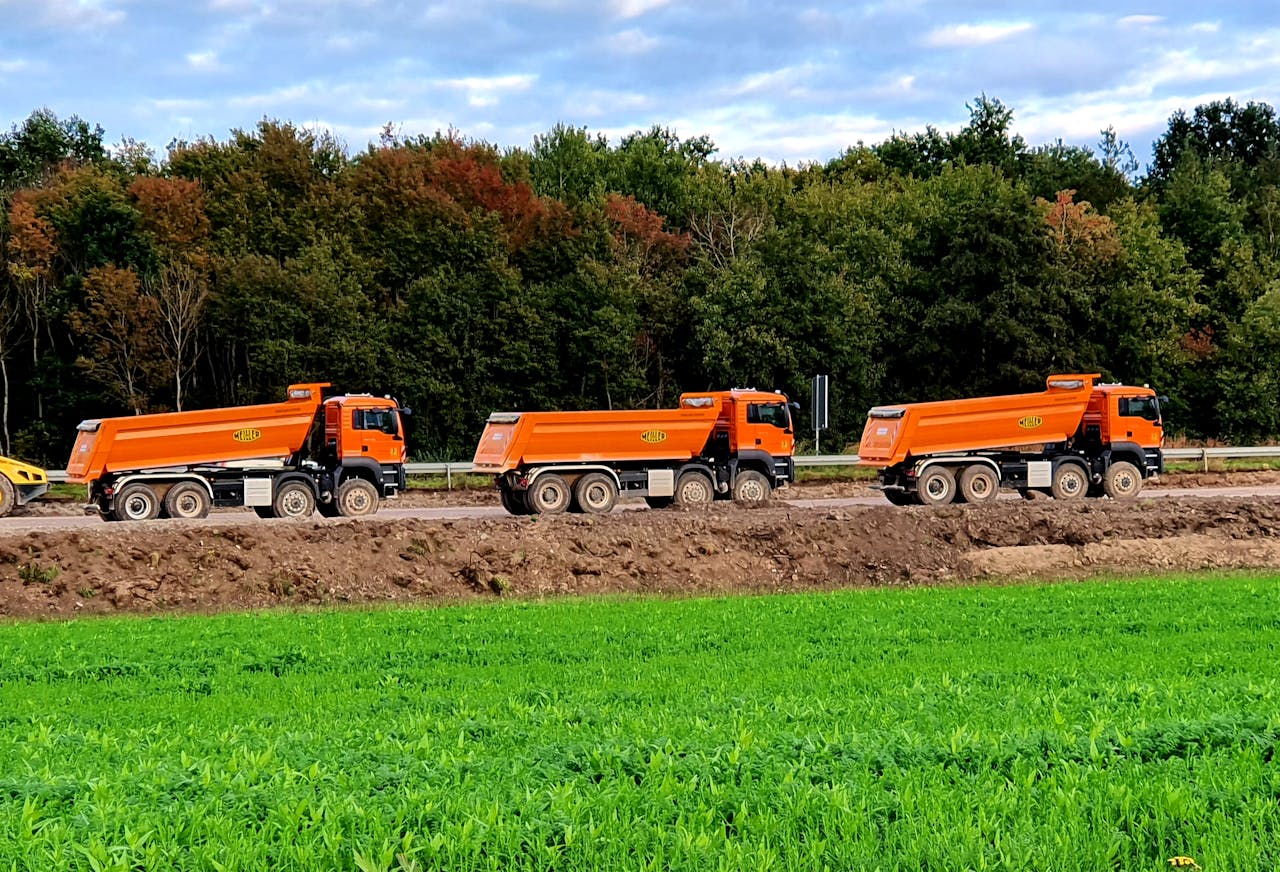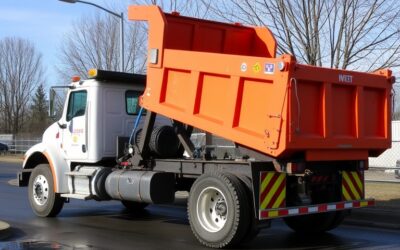Maintaining your Wink Anti-Tip system is key to keeping your dump truck safe and efficient. The Wink Anti-Tip system prevents tipping by lowering the dump bed when instability strikes. Regular maintenance keeps everything running smoothly and safely.
By understanding the components of the Wink Anti-Tip system and following regular inspection and cleaning procedures, you can extend the system’s lifespan and prevent unexpected issues. Regular maintenance isn’t just about avoiding problems; it’s about ensuring that the system continues to function at its best, providing reliable protection for your dump trucks.
In addition to standard maintenance practices, being able to troubleshoot common issues is crucial. Understanding how to address basic problems can save you time and prevent more severe complications down the line. With proper care and attention, you can keep your Wink Anti-Tip system in top shape, contributing to the safety and success of your dump truck operations.
Understanding the Components of the Wink Anti-Tip System
To properly maintain your Wink Anti-Tip system, it’s crucial to understand its primary components. Your Wink Anti-Tip system includes sensors, a control unit, and a hydraulic interface. The sensors are installed on the truck and are responsible for monitoring stability and detecting any risk of tipping. They send real-time data to the control unit, which processes this information.
The control unit is the brain of the system. It interprets the data from the sensors and makes decisions on whether to engage the hydraulic interface to lower the dump bed. The hydraulic interface then acts based on the control unit’s commands, adjusting the truck as needed to prevent tipping. Understanding how each part works helps you catch problems early and maintain your system better.
Regular Inspection and Cleaning Procedures
Regular inspection and cleaning of your Wink Anti-Tip system ensure it continues to operate efficiently. Start with a visual check to ensure the sensors are securely mounted and debris-free. Dust, dirt, or grime can obstruct the sensors, causing them to malfunction. Clean them gently using a soft cloth and an appropriate cleaning solution.
Next, inspect the control unit and hydraulic interface for any signs of wear or damage. Make sure all electrical connections are secure and free from corrosion. Check the hydraulic lines for leaks or signs of wear. Regularly test the system’s functionality by simulating tipping conditions and observing whether the unit responds correctly. Monthly inspections and cleanings catch issues early and keep performance optimal.
Troubleshooting Common Issues
Even with regular care, issues can still arise with your Wink Anti-Tip system. Being able to troubleshoot these common problems can save time and help ensure the safety of your operations. One frequent issue is sensor malfunction. If the sensors are not working correctly, the control unit won’t receive accurate data, leading to improper functioning of the system. Check for loose wiring or debris obstructing the sensors and ensure they are clean and securely attached.
Another common problem is hydraulic failure. If the hydraulic interface is not responding properly, first inspect the hydraulic lines for leaks or blockages. Ensure the control unit is correctly signaling the hydraulic system. If there is no visible issue, it may be necessary to consult the system’s manual for advanced troubleshooting steps or contact technical support for assistance.
Best Practices for Long-Term Maintenance
Adhering to best practices for long-term maintenance helps keep your Wink Anti-Tip system in peak condition. Set up preventive maintenance checks every six months. During these checks, perform a comprehensive inspection of the entire system, including the sensors, control unit, and hydraulic interface. Make any necessary repairs immediately to prevent minor issues from escalating.
Keep a detailed maintenance log to track all inspections, cleanings, and repairs. This log will help identify recurring issues and manage long-term health. Train all drivers and operators on the proper use and maintenance of the Wink Anti-Tip system, ensuring everyone knows how to handle it and recognize potential problems. Following these best practices ensures that the system continues to function reliably and extends its lifespan.
Conclusion
Maintaining your Wink Anti-Tip system is vital for the safety and efficiency of your dump truck operations. By understanding its components, performing regular inspections and cleanings, and knowing how to troubleshoot common issues, you can ensure the system functions optimally. Long-term maintenance best practices further enhance the reliability and lifespan of the system.
With proper care, the Wink Anti-Tip system prevents tipping and protects your assets. Discover how our advanced anti-tip over device and safety tools can elevate your operations and provide the protection you need.





